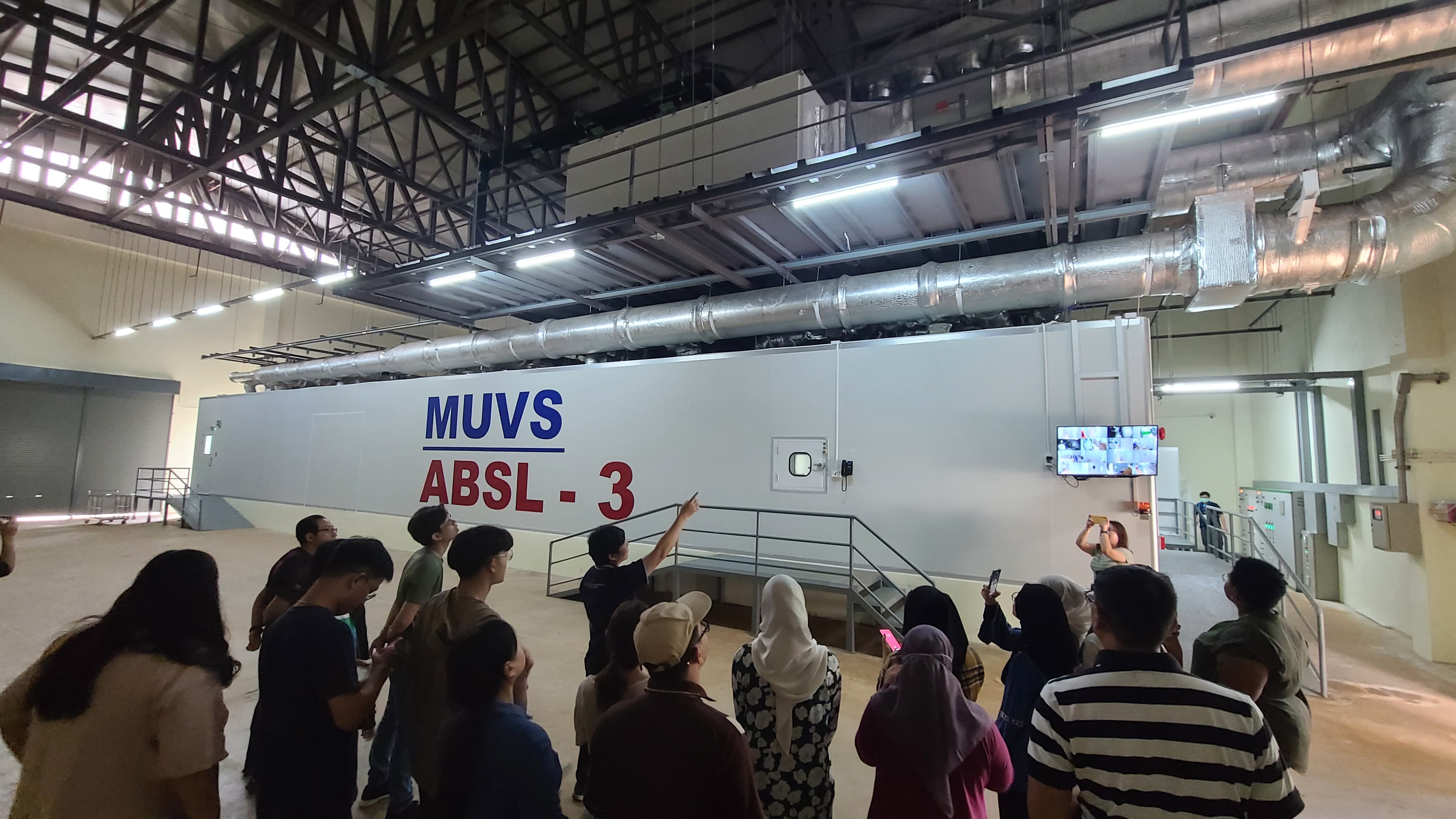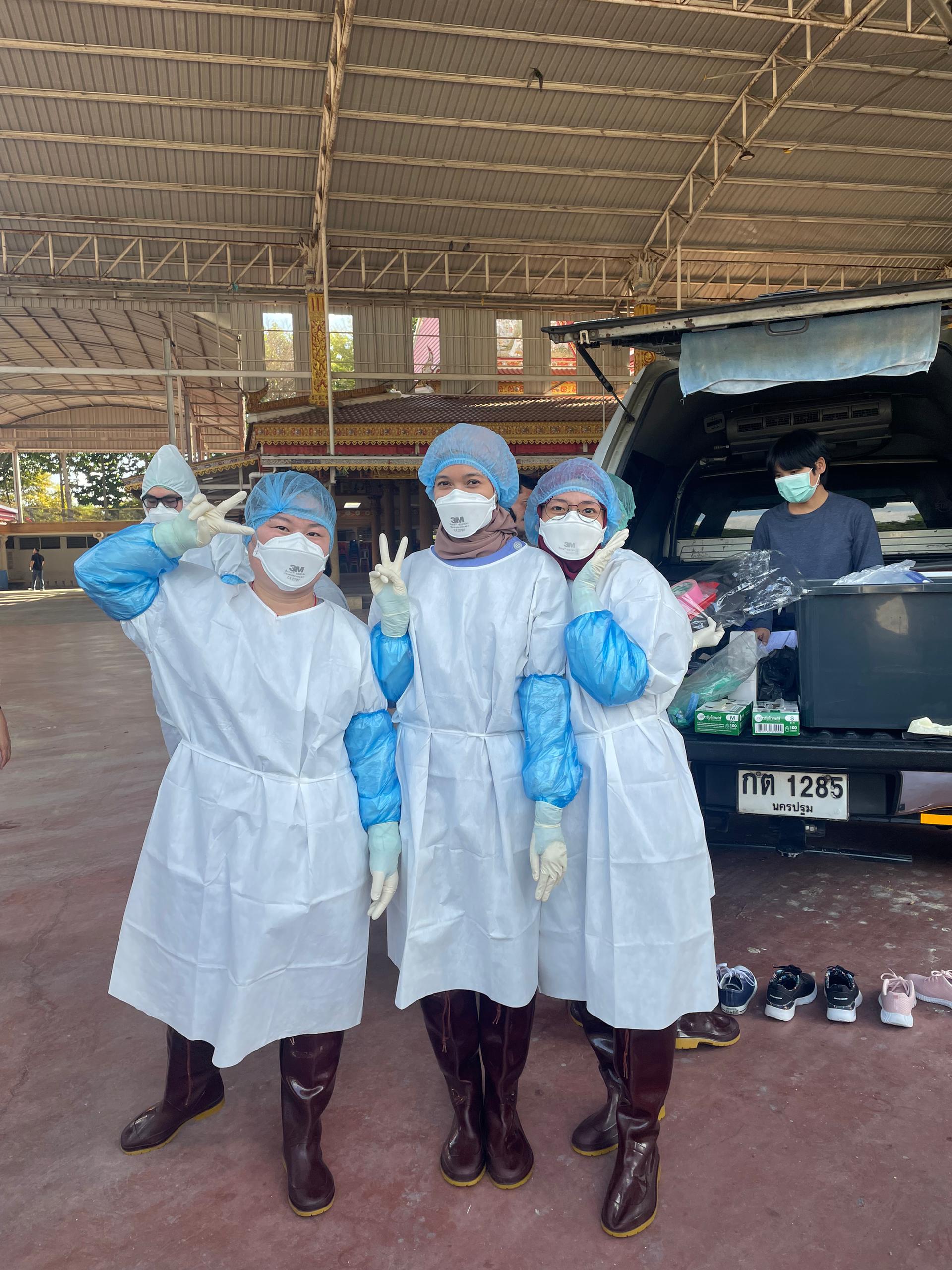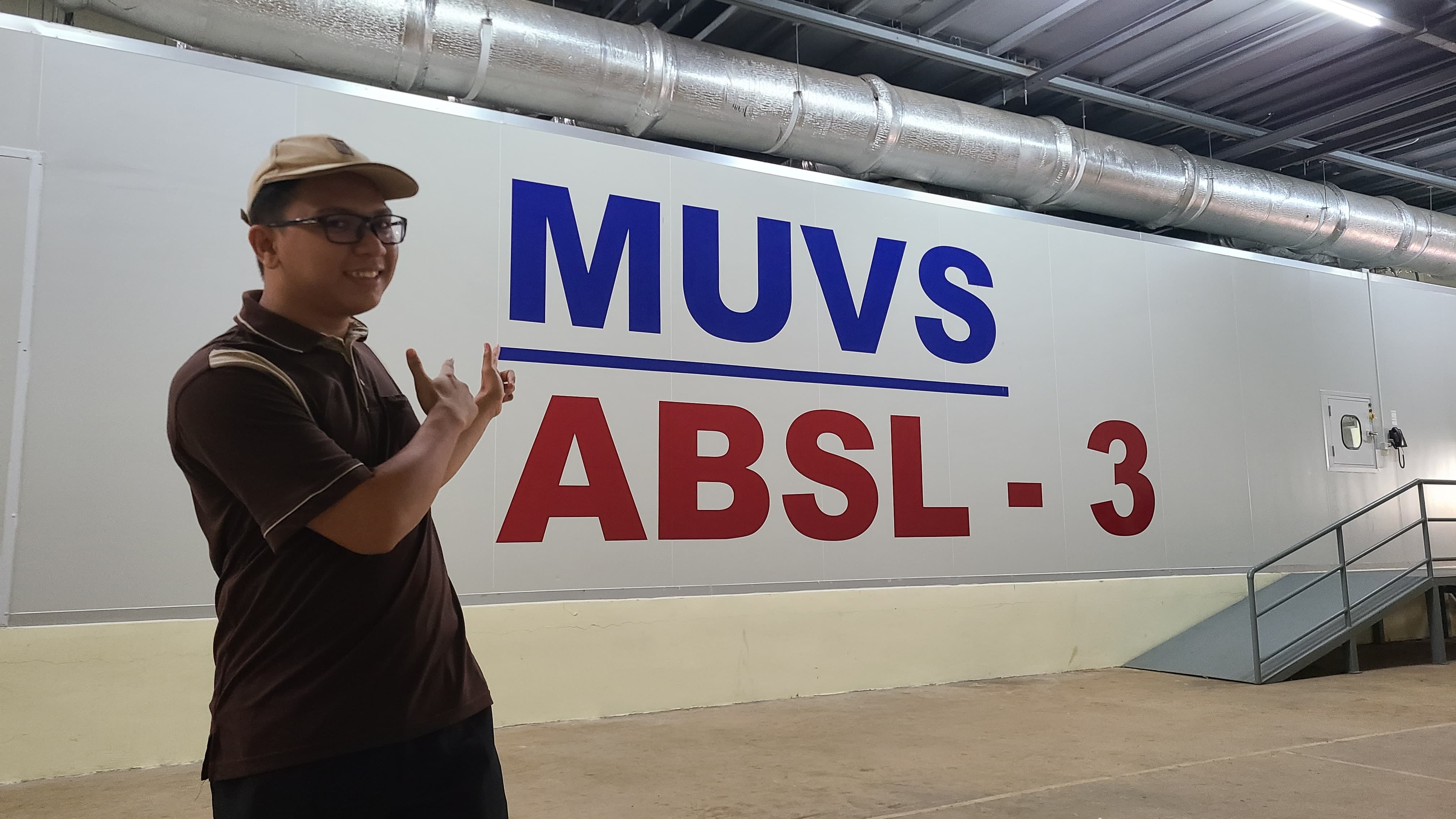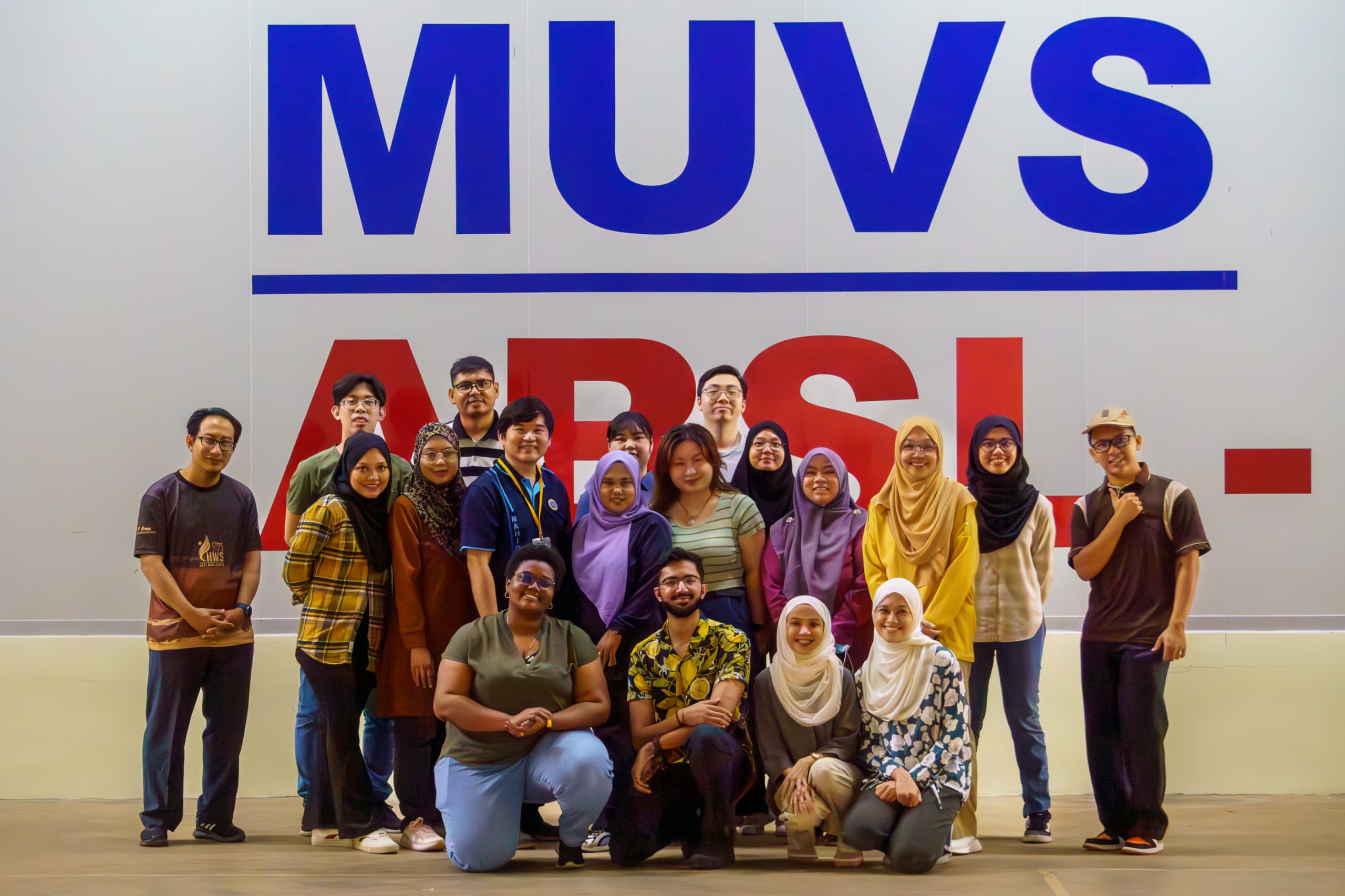FACULTY OF VETERINARY SCIENCE, MAHIDOL UNIVERSITY, November 15 2023 -
Animal Biosafety Level 3 Laboratory (ABSL3) is an advanced containment facility designed for working with potentially lethal pathogens or agents. During my recent visit to such a facility at the Faculty of Veterinary Science, Mahidol University, I got to witness the stringent safety measures and advanced technologies utilized for the safety of the researchers and the surrounding environment. The building itself is massive and enough to accommodate 600 lab mice or small mammals used for the detection and study of infectious diseases. It is without a doubt an exciting and novel experience.

The building itself is a state-of-the-art structure equipped with controlled environments featuring negative airflow systems to prevent the escape of hazardous agents. The facility employs robust waste treatment and management systems to handle any waste and potentially contaminated materials safely. High-efficiency particulate Air (HEPA) filters are strategically placed to maintain the purity of the air within the laboratory and the environment outside the lab. The facility had to undergo rigorous certification processes to ensure compliance with biosafety standards.
Researchers working inside the ABSL3 also need to undergo extensive training and adhere to strict procedures to ensure their safety and prevent accidental exposure or the release of unwanted dangerous agents. This training program covers protocols, proper use of Personal Protective Equipment (PPE), and emergency response procedures. The researchers are also required to be vaccinated depending on the pathogens they are working with as a safety measure. Only after completing the comprehensive training program can the researchers gain access to enter and work inside the laboratory.

However, the overall cost to maintain an ABSL3 laboratory is substantial and can cost up to RM100,000 annually. That is only the maintenance cost, and not the building cost. This is due to the cutting-edge technologies required in addition to the strict safety measures. In addition, the employment of dedicated engineers responsible for the annual calibration of the sophisticated machines inside the facility contributes to the overall cost. Daily inspection and routine maintenance had to be conducted to ensure the optimal functioning of the equipment. Moreover, the cost of PPE and ongoing investment in training programs, which is essential for researchers, also contribute to the overall expenses.

In conclusion, my recent visit to the BSL-3 laboratory offered a firsthand appreciation of the meticulous safety measures and rigorous protocols in place for handling highly infectious agents. The state-of-the-art infrastructure and the unwavering commitment of the staff underscored the pivotal role these facilities play in advancing scientific research responsibly. The commitment to safety, security, and compliance with stringent regulations makes BSL-3 laboratories indispensable for research involving highly infectious agents.
SDG 4 - Ensure inclusive and equitable quality education and promote lifelong learning opportunities for all
SDG 17 - Strengthen the means of implementation and revitalize the Global Partnership for Sustainable Development





